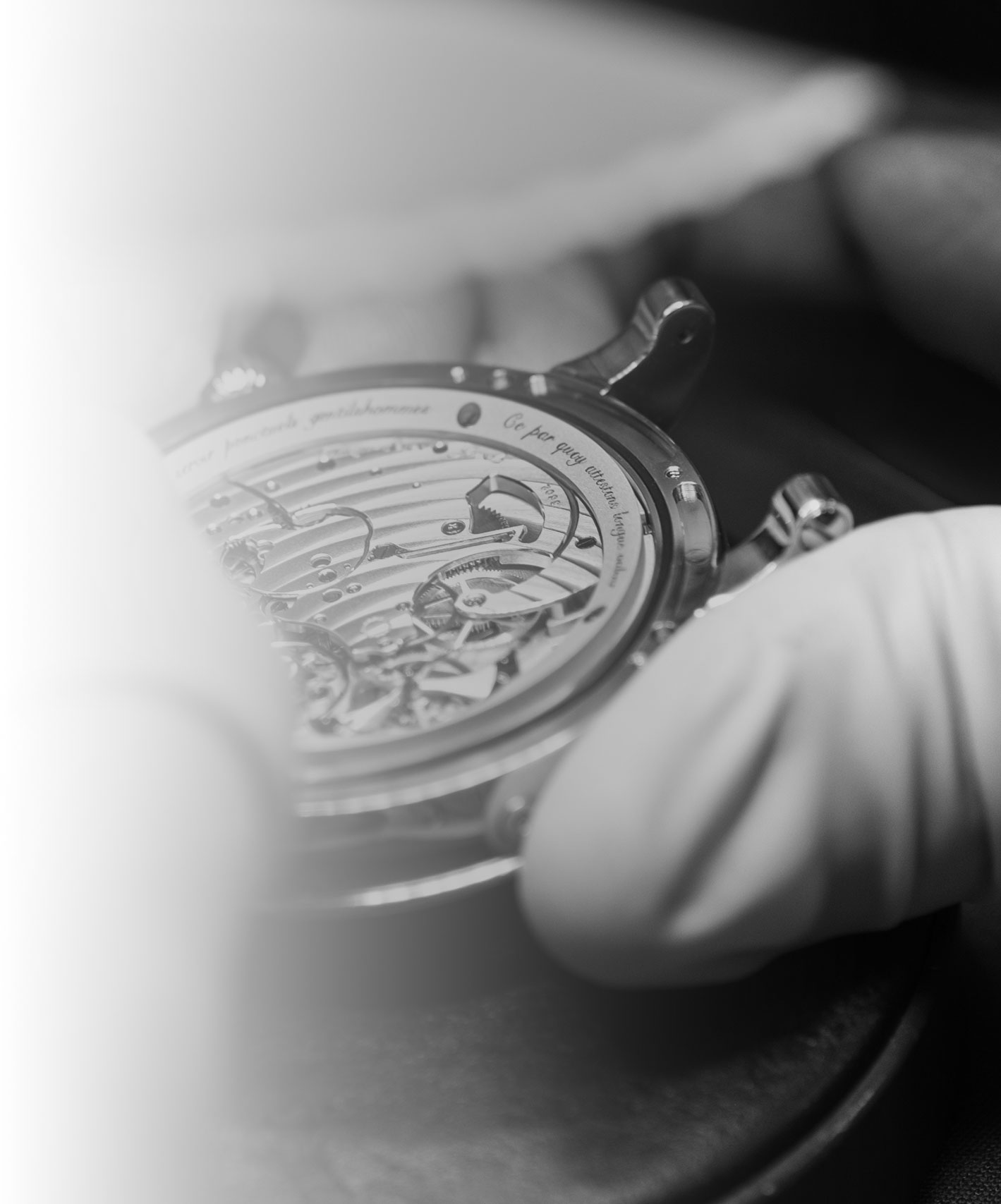Considered for nearly two centuries as having led the watch-making decorative arts in their realm, the House BOVET is also recognized for the reliability of its movements, their innovative character and their exemplary chronometry.
Chronometry & Dial Craftsmen
It begins in the 19th century
T The first pocket watches manufactured by BOVET in the 19th century were particularly reliable and precise. Most were intended mainly for the Chinese market, which Edouard BOVET had won over as a pioneer and a return to the workshop for repair or time-setting required two ship transports with a minimal duration of four months each.
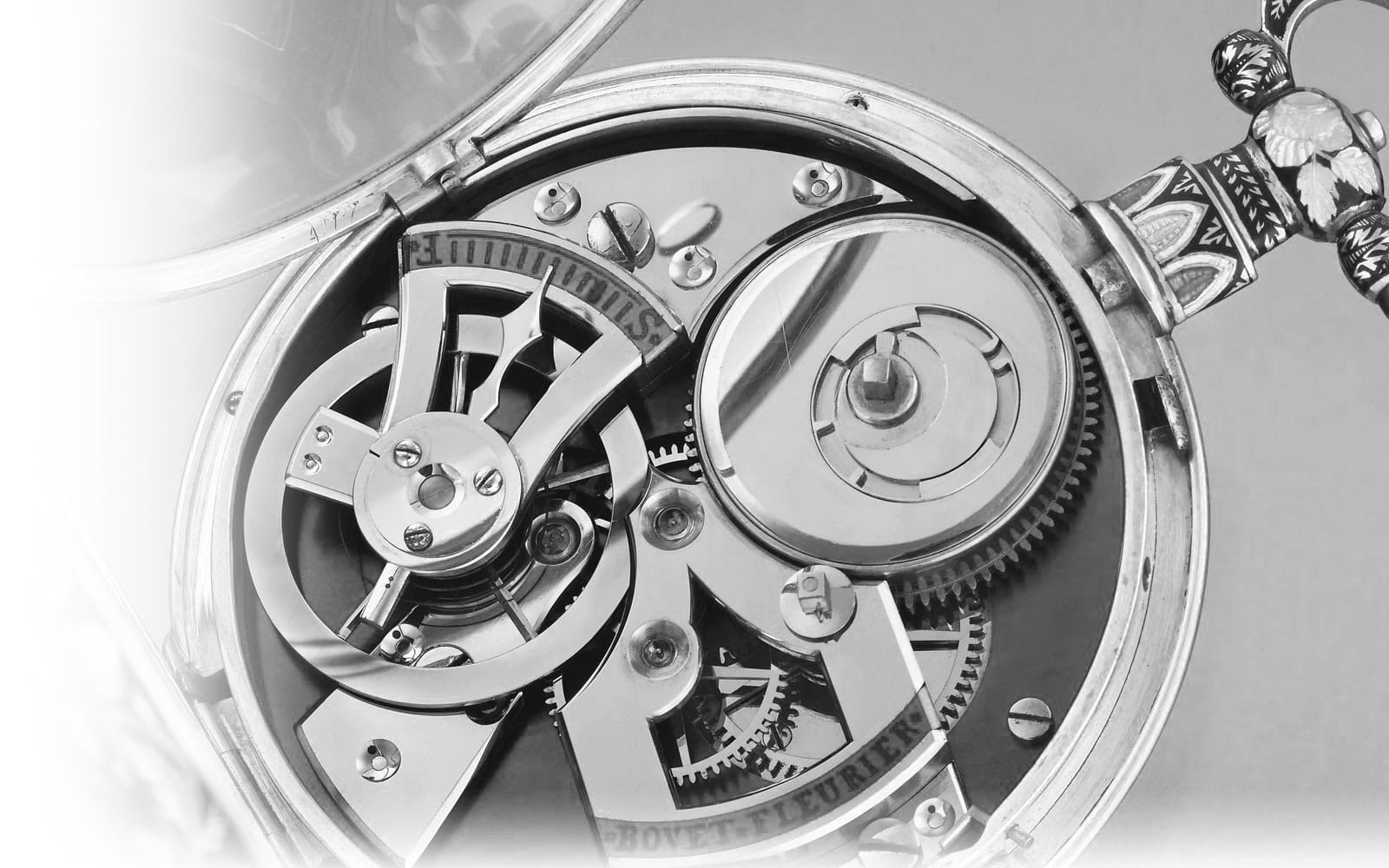
Assembling the movements
T he watchmakers proceed to the delicate assembly of the movements. The accuracy of their gestures and their wealth of experience consistently overcome the many difficulties involved in the exercise of their art, and meet the most stringent demands in the fields of precision, performance and aesthetics.
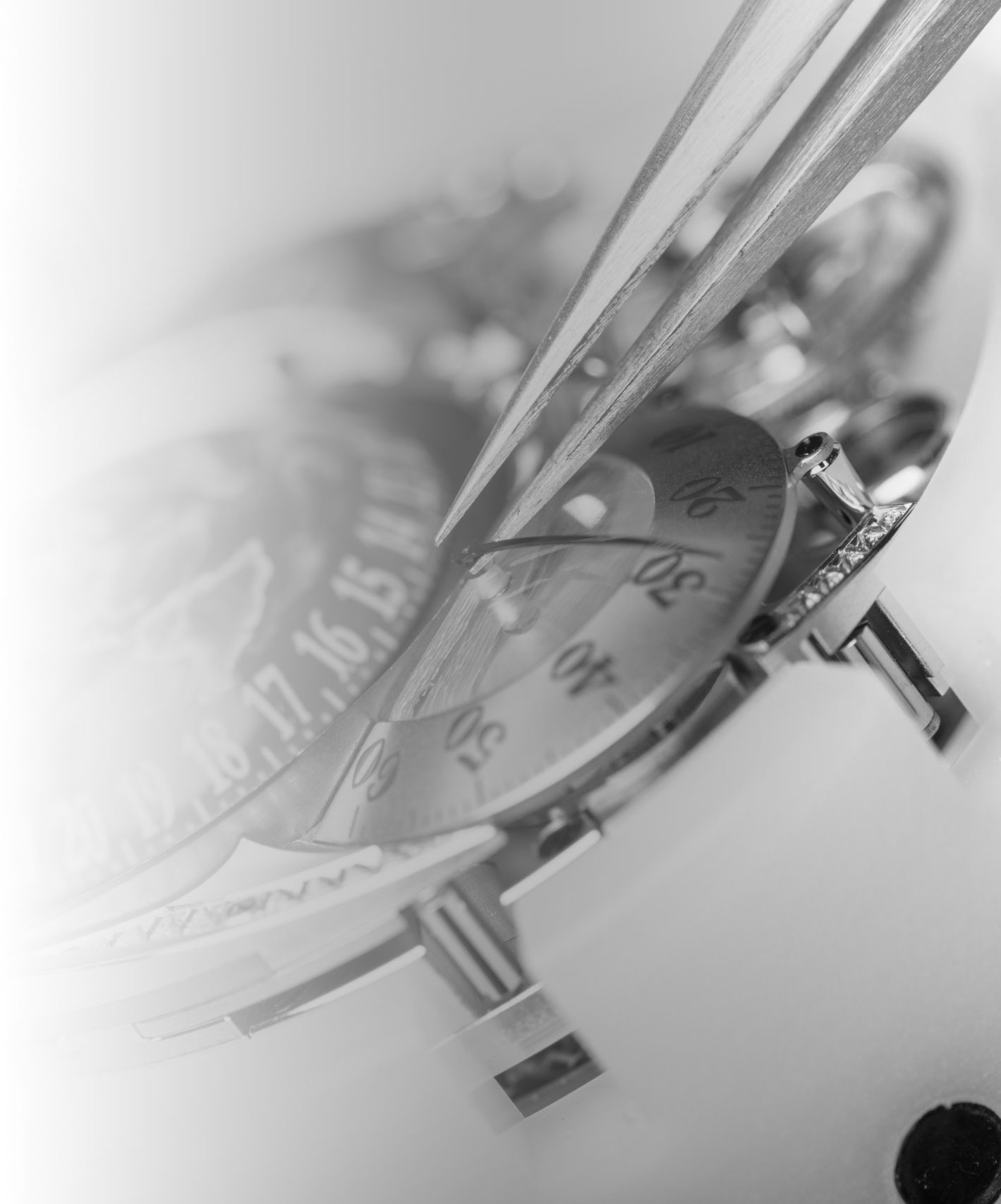
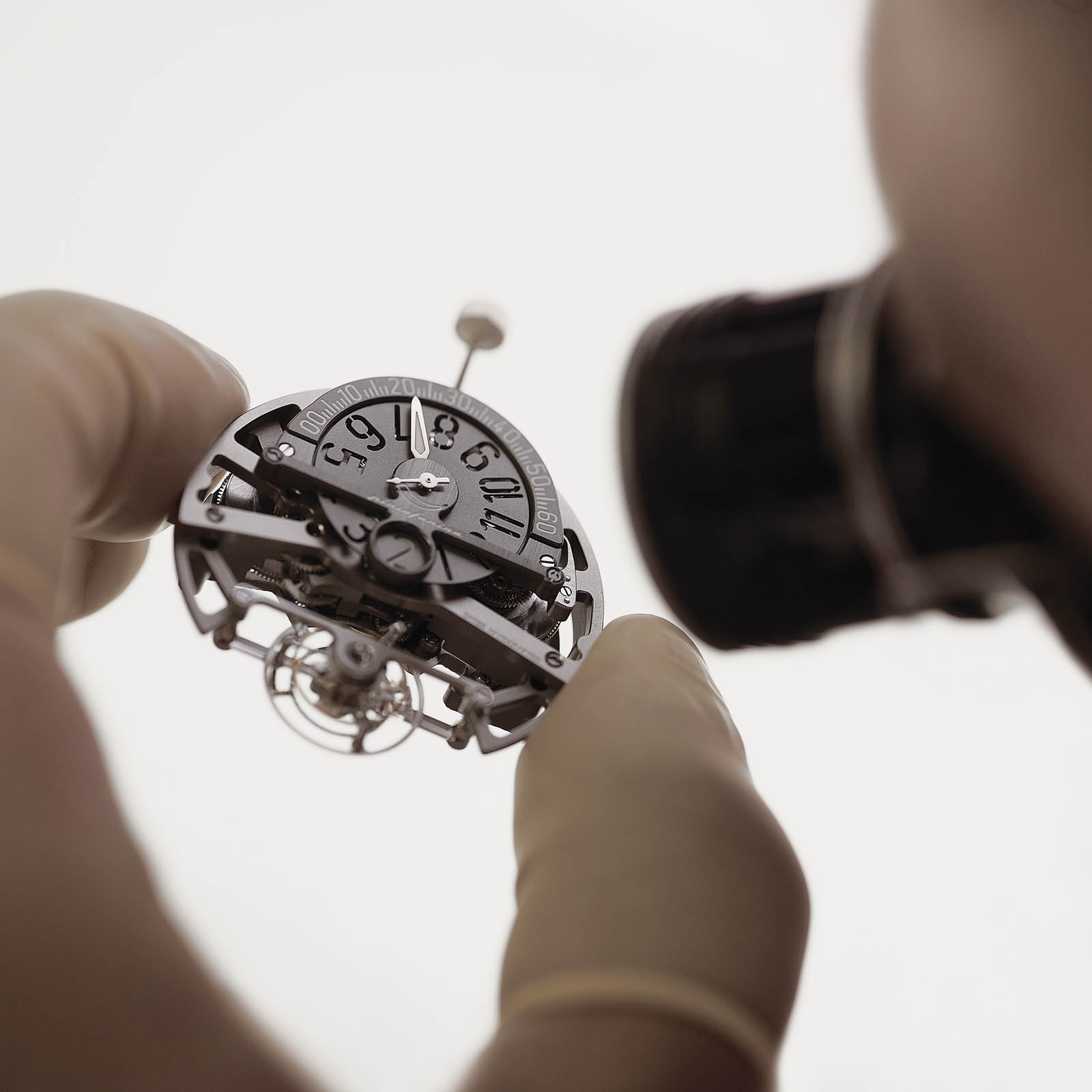
Adding the balance spring
A As the beating heart and the custodian of the precision of a mechanical watch, the balance-spring is also the part that requires the most rigorous knowledge and mastery in the fields of chemistry, physics and mechanics. DIMIER has been producing its own balance-springs since 2006 and is one of the extremely rare manufacturers capable of making this component.
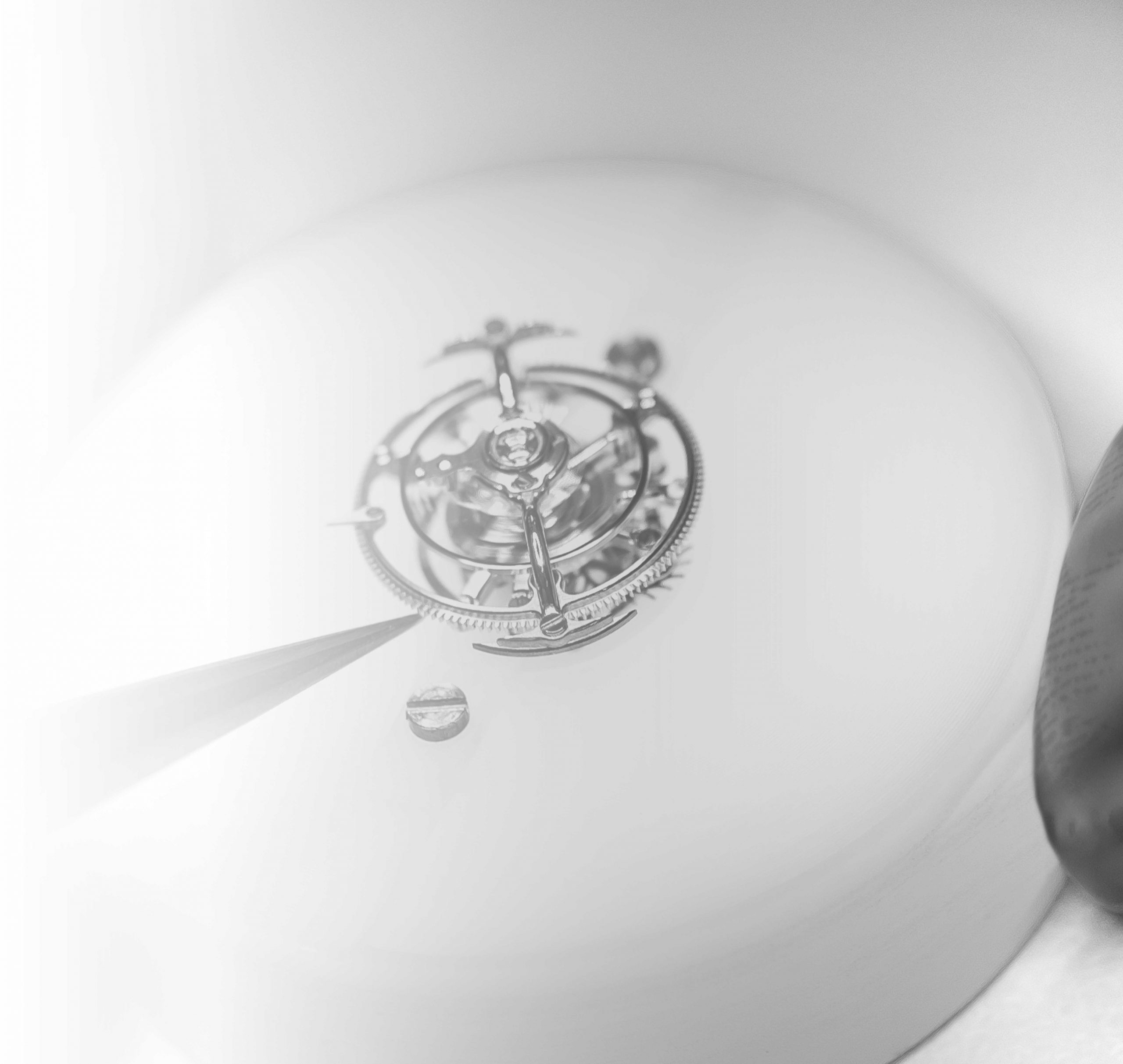
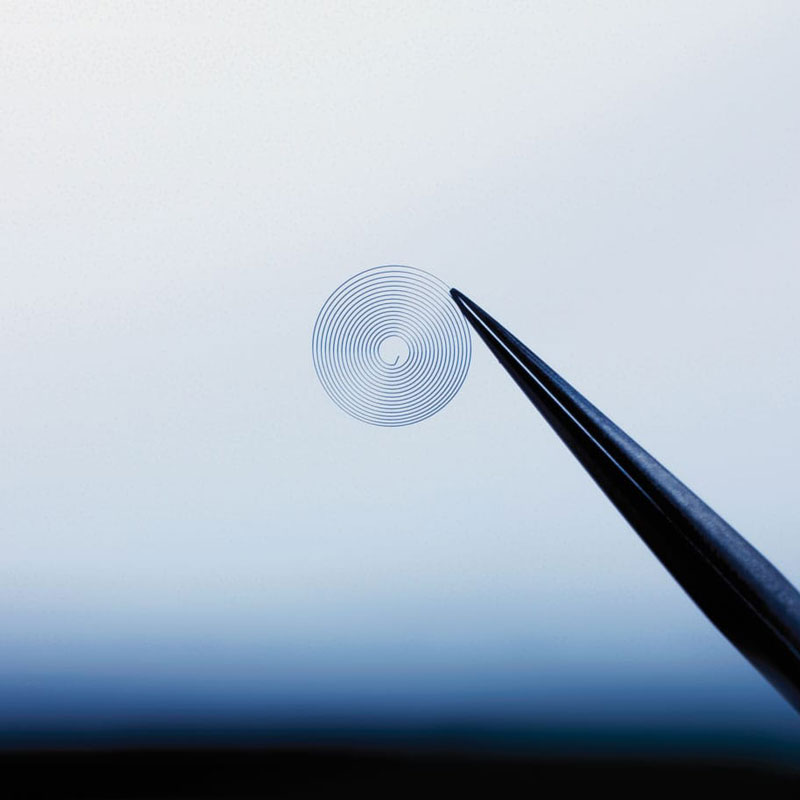
Achieving optimal isochronism
T he metal alloy used in producing balance-springs is as complex as the conditions required to make it. The various drawing and rolling stages that create its rectangular cross-section, followed by coiling, the creation of the terminal curve and counting are all operations performed at DIMIER and resulting in springs endowed with properties guaranteeing optimal isochronism.
